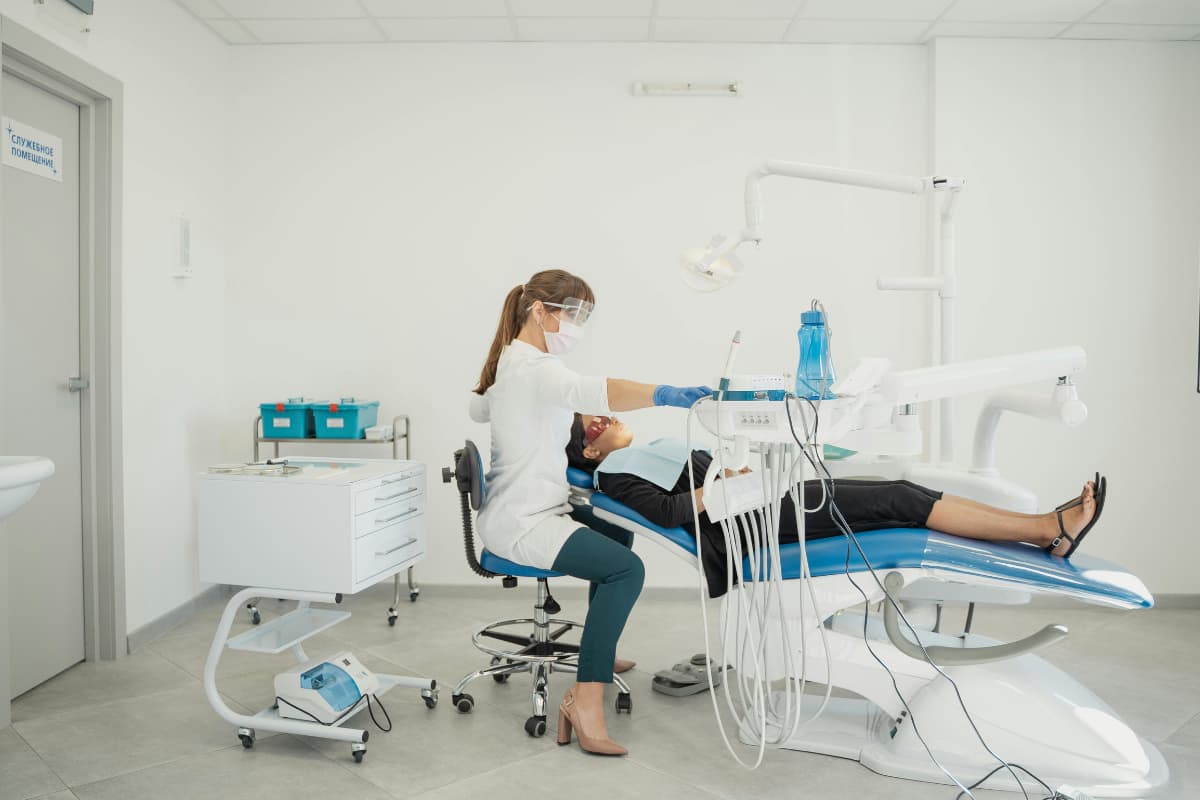Dental and orthodontic services are a fundamental part of healthcare for the population. In particular, dental cleanings, braces and veneers are popular preventive treatments and instruments for correcting malpositions in children, adolescents and adults. This is how the statutory health insurance companies gave In 2018, around 1.15 billion euros spent on orthodontic services alone. However, insurance companies do not cover the costs for every measure and treatment. Because even dental and orthodontic treatments must not exceed what is necessary in accordance with SGB V §12.
These restrictions pose billing challenges for many doctors. After all, more and more patients want services that are simply subsidized by the health insurance fund or that they have to pay completely privately. This often complicates the invoicing process, as there are different legal bases with regard to medical fees. But what are these specifically and how can the costs for self-payers and cash benefits be calculated?
This is how BEMA billing works
In principle, contract medical services (“insurance benefits”) are provided in accordance with Evaluation standard for dental services (BEMA) billed with statutory health insurance companies.
BEMA only lists what health insurance companies cover in part or in full due to the legal obligation to pay benefits. In total, dentists process over 100 million cases of treatment every year!
This is how BEMA is structured
The BEMA comprises five parts. For orthodontists, the third part is particularly relevant.
- Part 1: Conservative and surgical services and X-ray services
- Part 2: Treatment of facial skull injuries
- Part 3: Orthodontic Treatments
- Part 4: Systematic treatment of periodontal diseases
- Part 5: Prostheses and Crowns
You can simply access BEMA online and use the search function to digitally find the services you want to bill for.
Cost calculation according to BEMA
Every contract dental service has a own number, Service description and Evaluation number.
example: The “Detailed Investigation to Identify Dental, Oral and Maxillofacial Diseases, including Counseling” in Part 1 of BEMA has the number 01 and the rating number 18.
The rating figure is calculated with a point value multiplied to determine the costs that the statutory health insurance companies reimburse for this benefit. The score is valid at country level and differs depending on the health insurance provider. The only exception: The point value for part 5, the supply of dentures and crowns, is set at federal level.
example: For patients in Berlin who are insured with AOK, The current score for KCH/PAR/KB benefits is 1.1479. For the detailed investigation, this results in the following cost calculation: 18 x 1.1479 = 20.6622 euros.
Patients who do not have statutory insurance can of course take advantage of the same treatments. However, this is different, namely to be billed according to GOZ, as it is paid privately.
This is how billing according to GOZ works
The remuneration of dental and orthodontic services that are not covered by statutory health insurance funds is regulated by Schedule of fees for dentists (GOZ).
This is how the GOZ is structured
The GOZ comprises eleven sections:
- General dental services
- Prophylactic services
- Conservation services
- Surgical services
- Services for oral mucosa and periodontal diseases
- Prosthetic services
- orthodontic services
- Integration of bite aids and splints
- Functional analysis and functional therapy services
- Implantological services
- Supplements to certain dental and surgical services
Note that the services under numbers 6100, 6120, 6140, 6150 also include material and laboratory costs for standard materials. Additional costs for materials can also be charged separately, provided that this has been set out accordingly in the written treatment contract with your patients.
You can also the GOZ view online at the Federal Dental Association and search for specific services for your billing.
Cost calculation according to GOZ
As in BEMA, the services provided by GOZ are numbers and scores assigned. The point value is uniform nationwide and is 0.0562421.
example: The “Detailed investigation to identify dental, oral and jaw diseases, including collection of periodontal findings and recording of findings” has the number 0010 and the score 100 in the GOZ. For the simple fee rate, this means the following calculation: 100 x 0.0562421 = 5.62 euros.
Unlike BEMA billing, GOZ also offers the option of a Rate or factor of increase to apply. The higher the rate of increase, the higher the cost of treatment will ultimately be. This shows the degree of difficulty of the treatment. You can choose from the following sentences:
- 1-fold sentence: easy level of difficulty
- 2.3 times set: normal level of difficulty
- 3.5 times sentence: high level of difficulty
example: The detailed investigation should be calculated at 2.3 times the rate. This means the following calculation: 100 x 0.0562421 x 2.3 = 12.94 euros.
Important: A simple or 2.3 times increase rate requires no justification. The situation is different with the 3.5 times sentence: Here, you should explain to your patient in writing why you chose this assessment base.
Beware of double billing!
According to GOZ, certain services may not be billed twice. You can tell what they are by looking at certain number combinations. An example of this is the joint billing of 0040 (preparation of a treatment and cost plan for KFO) and 0030 (preparation of a treatment and cost plan).
In addition to these, there are many other special features of billing, which is why many dentists ask themselves how they can best manage the process: Billing them themselves or having them billed?
Your options: Internal or external GOZ billing
After treatment, the bureaucracy of billing private and self-paying benefits begins. Depending on billing model Doctors and practice staff can quickly spend a lot of (extra) time.
External billing by service providers
There are many service providers to whom you can partially or completely outsource your accounting for a fee. Some providers even assume the risk of a payment default (“real factoring”). On the other hand, you do not insure others (“fake factoring”).
Attention cost cases: Before you choose an external service provider, you should compare different providers.
Internal GOZ billing by practice staff
In principle, dental or orthodontic billing can also be regulated internally in accordance with GOZ. All accounting steps can be carried out by yourself or your practice team. However, remember that you set aside enough time for the tasks involved or use digital billing software such as Nelly. Because thanks to Nelly, you save around 90 minutes a day — valuable time that is available to you and your employees to treat patients.
Easy GOZ billing with Nelly
Simply select the payment method from patients and let the payment and billing technology do the rest — automated billing of private or self-payment services with Nelly works quickly and easily. Your additional advantage: No further training is required to use Nelly! We advise you non-binding and free about your individual case.
The personal names used in this article always refer equally to all persons. Dual naming and alternate names are omitted in order to improve readability.












